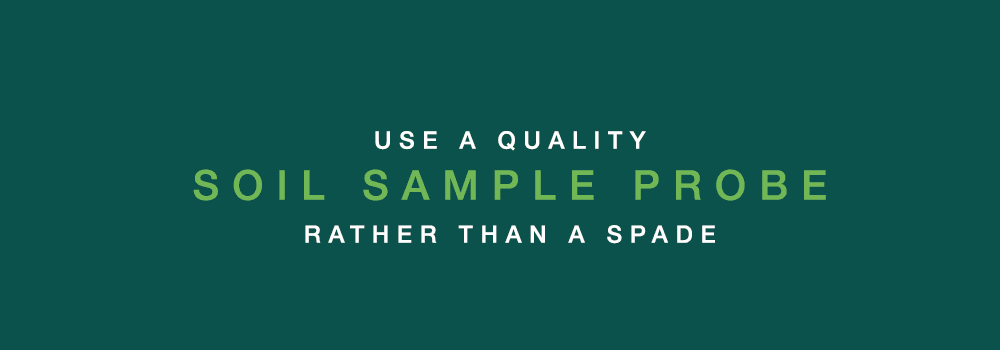It can be tough to decide which inputs to invest in, but making solid crop nutrition decisions in advance plays a big role in pushing yield for the next growing season. Here are a few tips to consider when making a fertilizer purchase decision:
- Understand Your Field
It all starts by knowing what your field needs. This can be achieved by conducting a soil test. If you haven’t tested your soil in a while, it’s time to do so. The Mosaic Company recommends soil-testing your field every two years because today’s high-yield systems have greater nutrient demands.
- Determine Your Yield Goal
It’s always important to identify your goals, and if you have an established yield goal, your soil test results can come in handy. The data can be used to see what nutrients your soil is lacking to determine what you need to apply to achieve your yield goal.
- Supply the Right Amount of Nutrients
After you identify what nutrients are needed to achieve your yield goal, evaluate how to adequately and efficiently supply your soil. Products from The Mosaic Company, like MicroEssentials® and Aspire® provide uniform nutrient distribution, ensuring every acre receives an equal amount of nutrients. MicroEssentials SZ® will not only meet the phosphorus and sulfur needs of the crop, but also provides a zinc supply, which is more efficient than granulated zinc sulfate. Aspire® supplies the plant with an adequate amount of potassium, along with the world’s second most deficient micronutrient: boron.
- Evaluate How Your Fertilizer Is Performing
Regardless of the time of year, it’s always a good idea to check in on your crop nutrition plan. You can do this by tissue-testing to see if you’re short on nutrients at a given point in the growing season. Monitoring throughout the year is a good way to learn more about what your soil and crops need to achieve record yield and creates the opportunity to prepare for the next season.